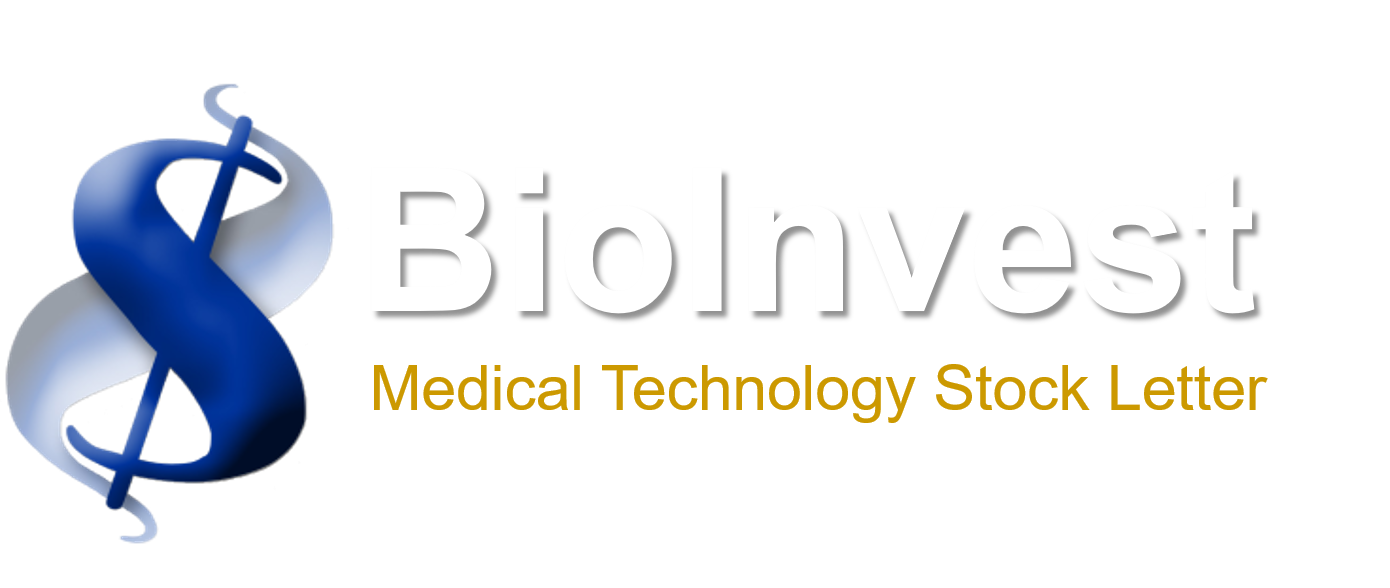
October 5, 2013
INCY – KNOWS JAKS– RAISING BUY LIMIT & TARGET – INCB039110 Shows Promise with Proof-of-Concept Data in Both Psoriasis & RA, MF Next Up at ASH – The American College of Rheumatology (ACR) abstracts have been released and provided us with the first glimpse at the potential efficacy for this exciting pipeline candidate. The Phase II data for INCY’s JAK-1 inhibitor, INCB039110 (a second-generation JAK), showed significant improvements in both ACR scores and DAS28 CRP (measures disease activity). The change in ACR 20, 50, and 70 scores for ‘110 are all solid despite the small sample size, and are consistent with data from other JAK inhibitors in development. The DAS28 CRP scores also look impressive with many patients scoring <2.6 or better, meaning they were in remission after treatment. The safety profile appears clean, with the abstract reporting no grade three or four adverse events. One ALT elevation was reported. Importantly there were no opportunistic infections, which may be a problem with Pfizer’s pan-JAK inhibitor Xeljanz.
Table. Efficacy Parameters at Day 84

INCB039110 Shows Efficacy In Psoriasis with Strong sPGA & PASI 50 Scores – This week at the European Academy of Dermatology, the results of the Phase II trial were reported during an oral presentation, A Double-Blind, Placebo-Controlled Study Exploring the Safety, Tolerability, and Efficacy of a 28-Day Course of Escalating Doses of an Oral JAK1 Inhibitor in Subjects with Stable, Chronic Plaque Psoriasis. The trial evaluated four doses of INCB39110, specifically 100 mg once daily, 200 mg once daily, 200 mg twice daily and 600 mg once daily. The primary endpoint of the study was the mean percent change from baseline in sPGA score at Day 28, and the secondary endpoints were the percentage of patients achieving sPGA 0 or 1 (clear or minimal) and the percentage of patients achieving PASI 50.
The study demonstrated evidence of efficacy as assessed by sPGA at all doses (ranging from -22.2% to -42.4% mean change in sPGA) as compared to placebo (-12.5% mean change in sPGA). The data also showed efficacy in terms of the percentage of patients who achieved clear or almost clear sPGA (ranging from 11.1% to 45.5% for all doses of INCB39110 vs. 0% for placebo) and PASI 50 (ranging from 22.2% to 81.8% for all doses of INCB39110 vs. 8.3% for placebo).
Exploratory analyses suggest that efficacy was approximately equal in patients with greater than 10% body surface area involvement and in patients with 5-10% body surface area involvement prior to treatment.
This is important as it suggests that ‘110 will work in less severe psoriasis patients. The compound was generally well-tolerated with no evidence of myelosuppression. Decreases in platelet counts were observed, but the counts generally remained within normal limits. Increases in LDL and HDL were also noted without a significant change in the HDL/LDL ratio. Data for INCB039110 is important as it is evidence that the JAK pathway continues to result in favorable therapeutic profiles, with meaningful improvements from INCY’s next-generation compounds. The next data release will be the full RA trial (discussed above) at ACR in November, and the data in MF patients at ASH in early December. The first blush at the data for ‘110 in both RA and psoriasis look quite promising, although early. Larger trials are needed to differentiate the compound from INCY’s baricitinib and other JAKs under development. The strong DAS28 CRP scores could represent a very important marketing advantage for ‘110 compared with Pfizer’s Xeljanz, which has produced poor DSA28 CRP scores of 5.6 % and 8.7%, respectively, in the 5-mg and 10-mg groups in Phase III trials. (Interesting, the weak DAS28 CRP scores for Xeljanz have held up Pfizer’s attempt to obtain approval in Europe.) The combination of strong PASI 50 scores and oral delivery in psoriasis may allow ‘110 to be a significant player in an existing blockbuster drug dominated by the injectables, Remicade and Humira (>$15 billion in 2012 sales). INCY’s second-generation JAK program continues to deliver exciting proof-of-concept data for ‘110 with several more clinical catalysts approaching.
The combination of the recent POC data for ‘110 in both RA and psoriasis, and the positive Jakafi data in pancreatic cancer has de-risked INCY substantially and, in our view, is not yet fully reflected in INCY’s valuation. The POC data for ‘110 positions the company to strike a major partnership for the huge autoimmune markets. The company has publically stated that they have no intention of moving into these large markets by themselves (they will keep oncology indications with their JAKs), and in our opinion a partnership could happen in a relatively short time frame. If a Big Pharma or Big Bio wants to play in the JAK field, based upon the recent ‘110 data, a collaboration will likely be significant for INCY. The Jakafi Phase II data in pancreatic cancer was particularly strong, which in our view increases the odds of Phase III success. The data opens the door for other solid tumor opportunities for Jakafi in addition to hem/onc – and a complete clinical update is due at ASCO 2014. Finally MTSL believes that INCY remains the ideal takeover candidate with Jakafi sales rising steadily, its applications broadening, a deep and growing JAK pipeline, plus other underappreciated R&D opportunities such as IDO. As we stated in Issue #754, “INCY KNOWS JAKâ€, and this time its Part Deux! We are changing our recommendation on INCY.
